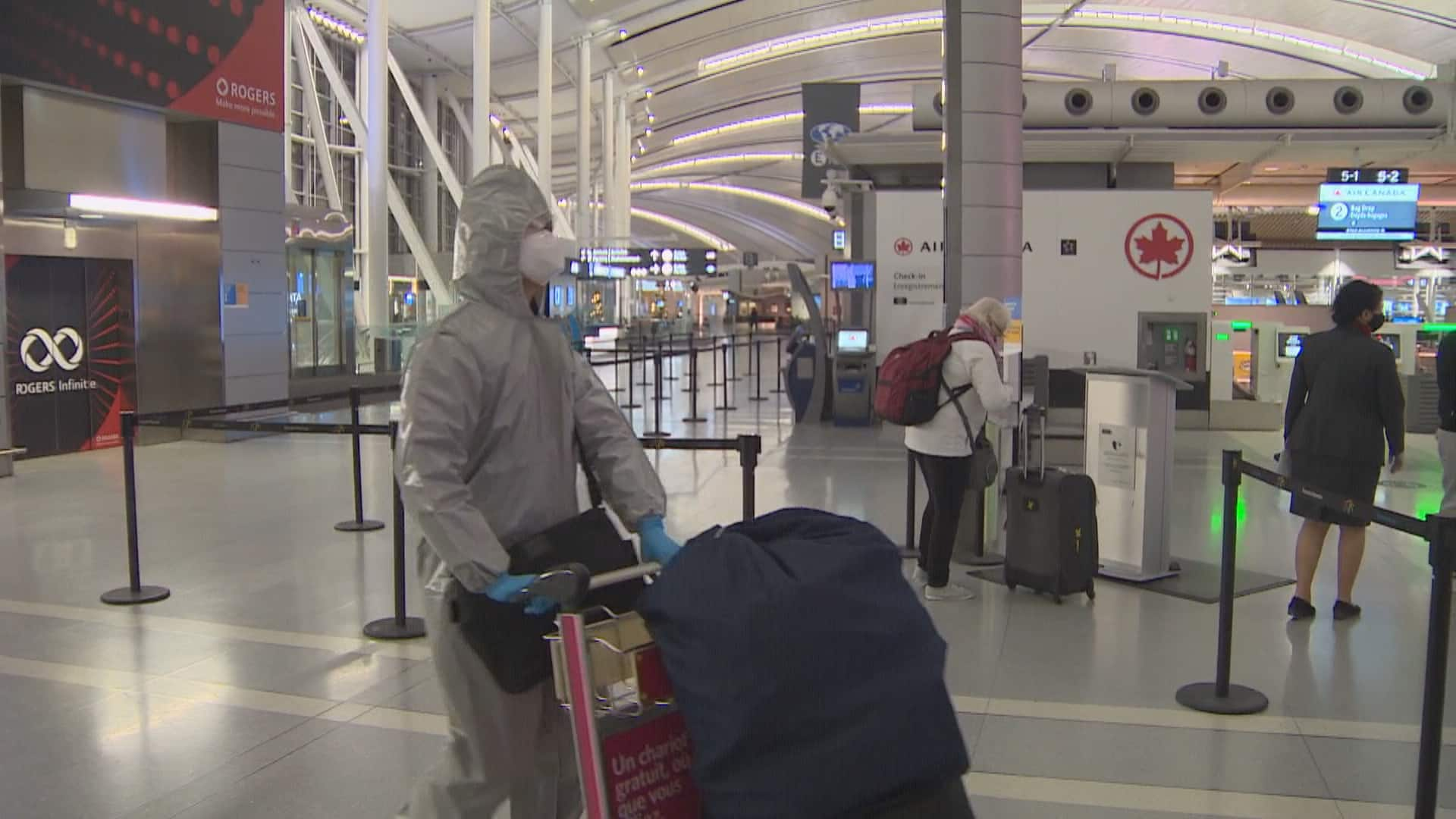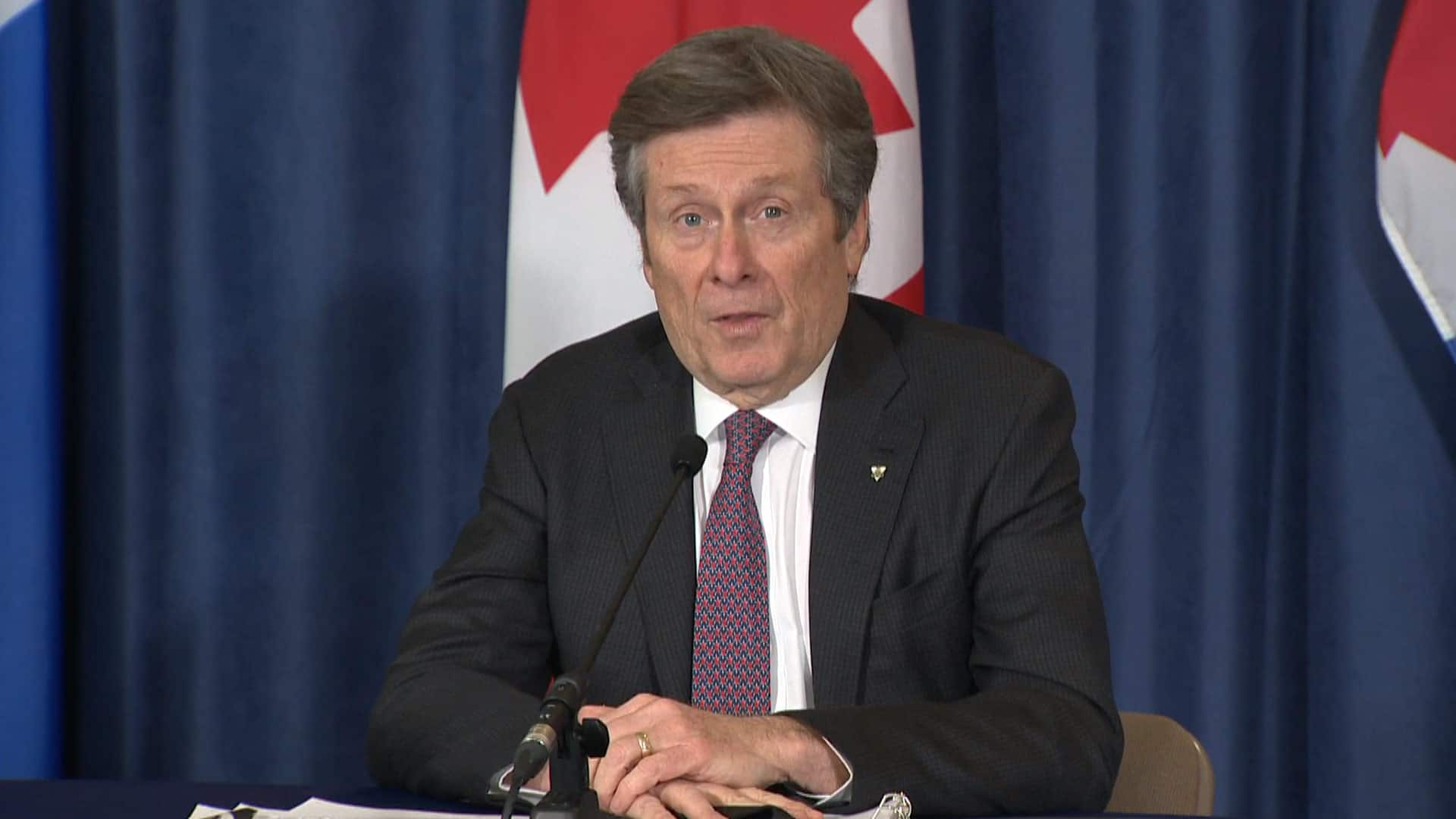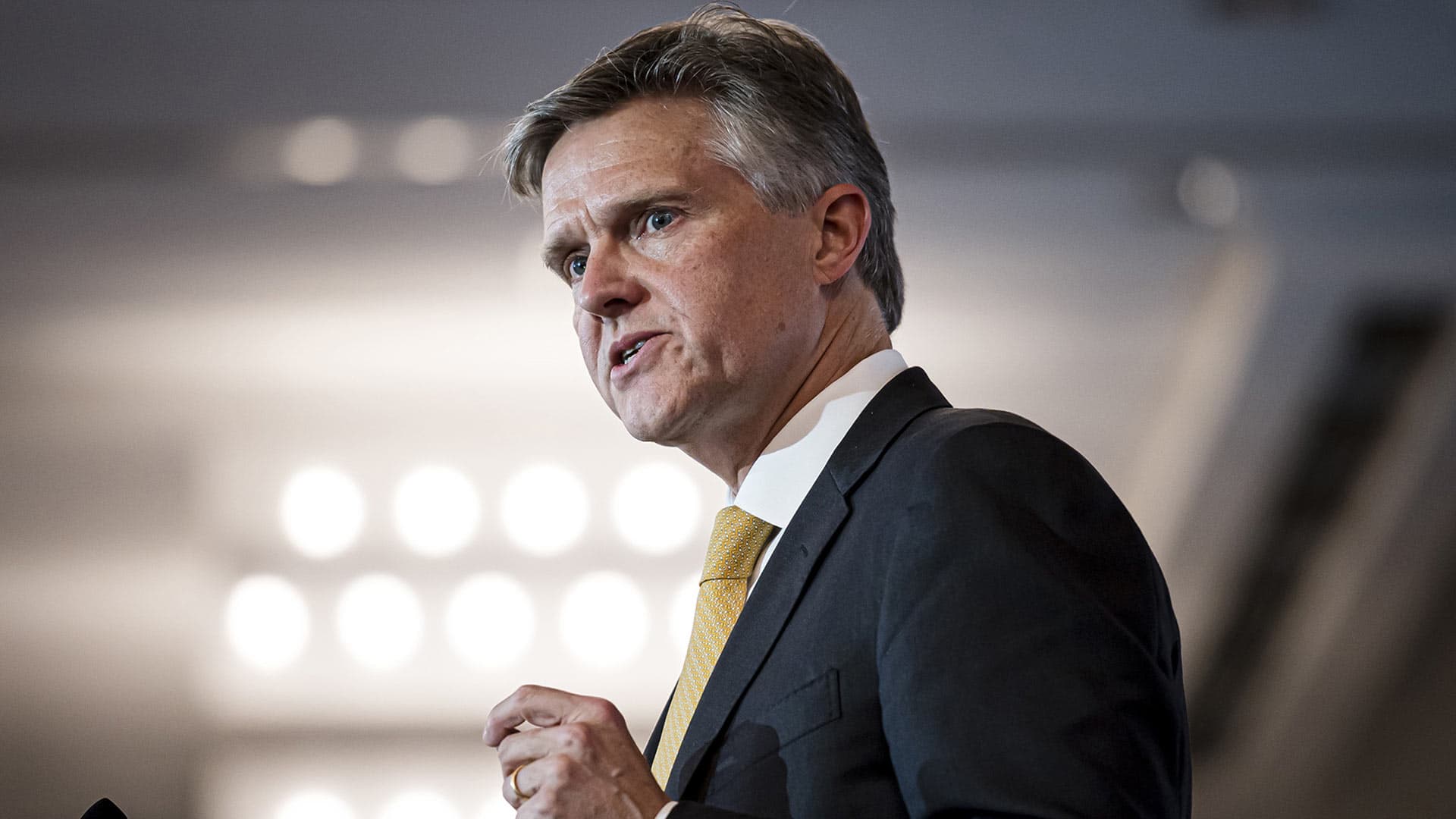Multiple levels of government are striving to prevent infected travellers from bringing the coronavirus to Ontario from abroad, but experts warn regional movement remains a far greater driver of transmission. But it may also be a trickier form of travel to curb.

Given how rapidly the virus behind COVID-19 spread around the world, it’s easy to forget that it isn’t a globe-trotter on its own.
The SARS-CoV-2 virus moves with its hosts, who travel around by foot, by car, by plane, unwittingly helping this unwanted hitchhiker get around.
In Ontario, where multiple levels of government are trying to prevent infected travellers from bringing the virus in from abroad, experts warn regional movement remains a far greater driver of transmission. But it may also be trickier to curb — even as the presence of several highly transmissible new variants of the virus make it crucial to slow local spread.
“The worst thing to do would be to let it spread throughout the country,” said Dr. Andrew Morris, an infectious diseases specialist at Toronto’s Sinai Health System.
“That would be a big mistake.”
Most cases spread within Ontario
Confirmed COVID-19 cases have been climbing across the province in recent weeks, with a seven-day average of roughly 3,400 new daily infections.
In recent months, the bulk of them have been tied to either close contact with an infected person, spread in the community, or an unknown source.
Travel outside the province, on the other hand, was the confirmed infection source for just three per cent of the latest-available new daily cases from Jan. 7.
Provincial and local data highlights how the vast majority of cases that are happening in Toronto, for instance, are happening from “people in Ontario spreading to somebody else in Ontario,” said Dr. Michael Gardam, an infectious disease specialist from Ontario who is currently based in P.E.I.
Still, the political focus remains on international travel, with no fresh lockdown restrictions announced in Ontario on Friday despite Premier Doug Ford suggesting the COVID-19 situation is at a crisis point.
Ford did suggest more extreme measures may be needed to combat a COVID-19 situation that’s “getting out of control,” but it’s not clear if those would include curbing local travel.
Instead, and while his government is facing blow-back for a mid-lockdown trip abroad by now-former finance minister Rod Phillips, Ford has focused on international visitors.
WATCH | New COVID-19 testing rules for travellers kicked in Thursday:

New rules requiring air travellers to test negative for COVID-19 before entering Canada will kick in on Jan. 7. Under the new rule, travellers must receive a negative result within 72 hours of boarding a flight to Canada. 3:21
“We need to do everything possible to stop this virus from coming into Canada,” Ford said Wednesday.
That day, Ontario announced the launch of a pilot program at the country’s busiest airport, Toronto Pearson, to offer free, voluntary testing for certain eligible international travellers.
A new federal policy also means anyone flying into Canada will need to provide proof of a recent negative test result for COVID-19.
However, Morris stressed a more-transmissible form of the virus recently identified in the U.K. is already here, and could be spreading locally, with multiple cases already documented in Ontario.
“But we have no plans of controlling that whatsoever right now,” he said.
Preventing travel a ‘tall order’
In Toronto, officials stressed that tackling regional movement remains a conundrum for policy-makers.
“How do you find that very delicate balance between measures that actually limit the harms done by COVID-19 and, at the same time, mitigate the impact of restrictions on activity?” mused the city’s medical officer of health, Dr. Eileen de Villa, in response to a question from CBC News.
Mayor John Tory called it a “tall order.”
“I don’t know that there is any way in which you could prevent Torontonians, or any other people in the province, from moving around,” he said.
WATCH | Toronto’s mayor on regional travel:

At a recent press conference, Toronto Mayor John Tory discussed the difficulties of limiting travel within Ontario to curb the spread of COVID-19. 0:31
But Morris said policy-makers can simply take cues from other countries.
In the early months of the pandemic, both Italy and France launched requirements for travel documents justifying the nature of residents’ trips, in hopes of limiting internal movement.
Australia’s current approach goes even further, with travel restrictions across much of the country and a permit system in place to travel between certain states.
For the country’s northern cluster of beaches, outside residents aren’t allowed to enter at all unless they’re just travelling through without leaving a vehicle, or if they meet strict criteria — such as attending a funeral, buying food, or using services not available elsewhere — according to a recent report from The Guardian.
The government also controls major highways, Morris noted, and can close off highways to make it inconvenient for drivers to travel out of town for leisure.
“It all relates to government commitment, to be honest with you, and how much we really care about reducing the number of cases,” he said.

Residents find workarounds
Those kinds of bold approaches, however, can be derailed by public blowback.
In December, Israel took the controversial step of mandating that all returning travellers would have to quarantine at hotels to prevent the spread of coronavirus variants, but wound up walking back the decision.
“The decision to repeal the requirement followed public criticism from a number of senior officials, and clashes between those who had been forced into the hotels and the authorities running them,” reported The Times of Israel.
Even during lockdowns, residents find workarounds, said Gardam, citing the Ontarians flocking to different cities in late 2020 depending on which ones were facing more stringent restrictions.
“I think we really saw it in the GTA, where as soon as you locked down one area, people just went to the next area,” he said. “And that was very, very, very predictable.”
That’s particularly dangerous for Ontario’s increasingly strained hospital system, which has now been tasked with transferring COVID-19 patients out of hard-hit hospitals and regions and pausing a number of non-essential procedures.
“We’re trying to protect people who are most vulnerable from getting really sick from this, from acquiring the infection, and your community prevalence rate is the main driver of that for most people,” said Dr. Susy Hota, medical director for infection prevention and control at University Health Network in Toronto.
“We can try to preserve that as much as possible but if people are leaving their homes, there’s always that possibility.”
‘Public trust’ eroded by travel controversy
Any time there is a patchwork of policies, it creates a situation where people “have a reason to travel from an area of high transmission to an area of low transmission because it’s still open,” said Ashleigh Tuite, an infectious diseases epidemiologist and mathematical modeller with the University of Toronto’s Dalla Lana School of Public Health.
The biggest challenge now facing policy makers on the travel front is communicating with the public after numerous headline-making international trips made by some of those decision-makers, she said.
After news broke that former Ontario finance minister Rod Phillips had vacationed in St. Barts and later gave up his post, CBC News later reported that Dr. Tom Stewart, a hospital CEO and former member of the province’s command table, was under fire for a trip to the Dominican Republic.
There’s also a growing number of politicians at all levels across Canada who are being outed for various visits abroad, even as public health messaging encourages people to stay home.
WATCH | Caribbean vacation costs Ontario’s finance minister his post:

Rod Phillips resigned as Ontario’s finance minister after the controversy over his Christmas vacation to St. Barts, despite the government urging people to stay at home. Meanwhile, Alberta’s minister of municipal affairs travelled to Hawaii. 1:54
After months of efforts from residents to limit their movement, Tuite said reports of people travelling for non-essential reasons has sparked outrage — and could stymie any future government efforts to curb just that.
“If you have the people who are leading this pandemic response who have decided the risk or the rules don’t apply to them, then you’re expecting other people to follow those rules, that’s an issue for public trust,” she said.
Despite the mixed messaging, surging cases mean Ford may soon be forced face tough decisions on the thorny issue of local travel.
Because, as Morris puts it, human movement is how the world “got into this mess in the first place.”
